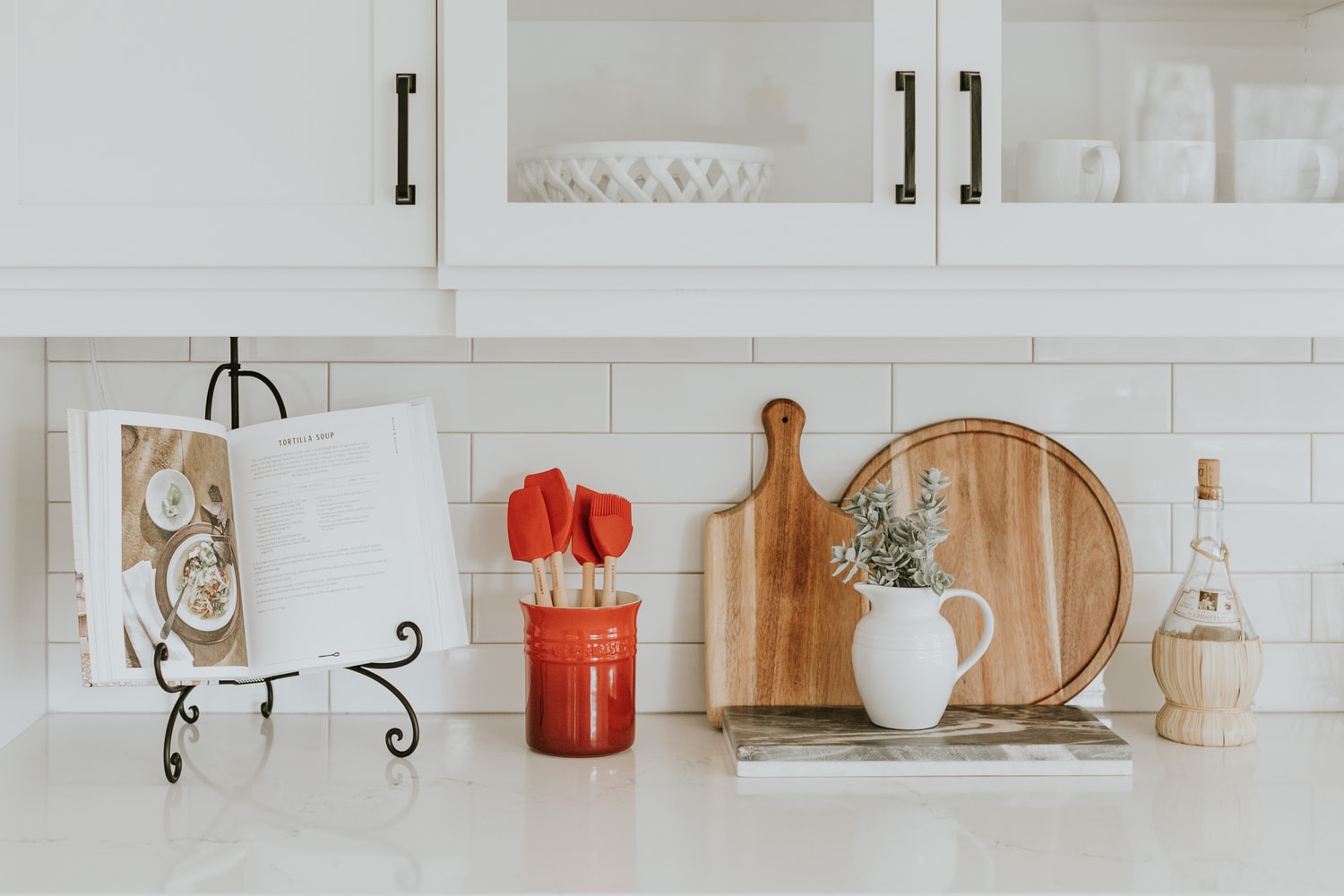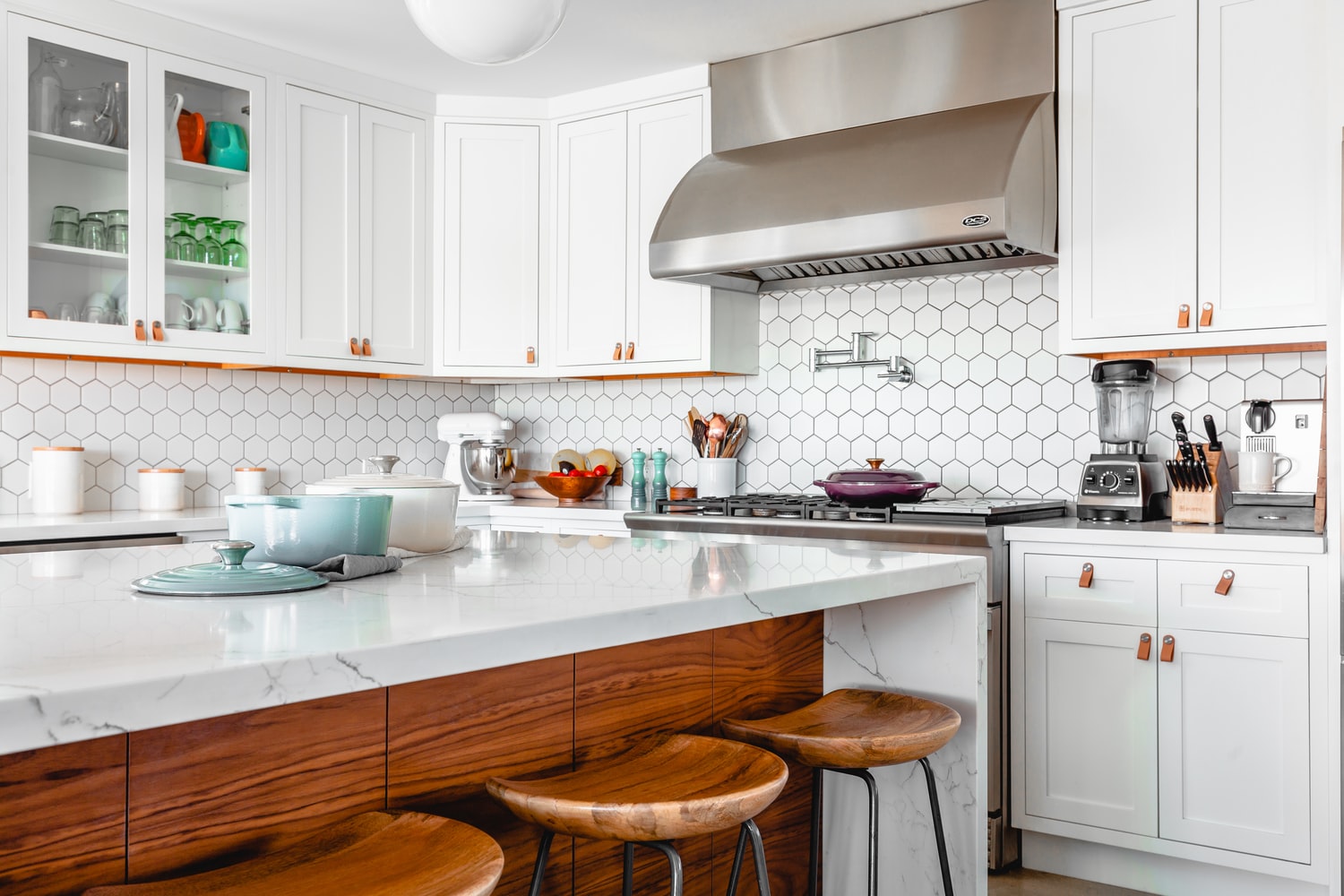Of all the places in your house, it is common to have mold problems in the kitchen. Mold is seen around the kitchen sink, windows, taps, behind cupboards, furniture, kitchen walls, and appliances. Since this mold problem can get out of hand, homeowners need to keep checking drywall for mold so you can prevent this from spreading in your kitchen.

What Causes Kitchen Mold?
Things you do in the kitchen like cooking and washing increase humidity levels in your home, which promotes mold growth because of moisture. Mold breakouts are quite common in homes that have substandard weatherproofing or roof leaks. Even in newly built homes that have proper external and internal insulation, mold can thrive because of the presence of humidity – the other culprit to mold growth. From small problems in corners and caulking to more serious mold problems in walls and cupboards, mold growth should not be taken lightly. So, it is essential to watch out for areas in the kitchen that has a lack of ventilation, uncleanliness, leaky washers, spills, and pipes that drip.

How to Get Rid of Kitchen Mold
There are several things you can do to get rid of kitchen mold. The first is to scrub mold-covered tiling sections with a fungicide liquid. And to make sure that mold does not spread, you would need to keep scrubbing these sections regularly. Further, since it is difficult to clean grouts and rubber and silicone seals where moisture gathers, what you need to do is to remove the mold-infected grout and seals, dry the surface really well and apply some fresh sealant coat.
For kitchen appliances that need water like the dishwashers and refrigerators, clean them regularly using bleach or sterilizing detergent. Do the same for garbage disposal and sink drains. Since mold loves damp and dark spots, bleach and scrub the sink drain once in a while to prevent infestation. Remember to put on gloves and masks while cleaning mold to avoid health problems.

Other ways to prevent kitchen mold include keeping your kitchen organized and clean. Be sure to arrange kitchen appliances and fixtures by placing them at least two inches away from the walls. Throw away expired products from the fridge and food scraps at once. Keep wiping down appliances with antibacterial liquids after every use. Use a dehumidifier or a kitchen fan so you get rid of moisture. And of course, empty your garbage cans every day.
Checking Drywall for Mold: Common Mold-Prone Areas
Checking drywall for mold starts with checking for plumbing leaks. Inspect areas in your kitchen near water pipes, icemaker lines, waste lines, and plumbing fixtures. Try letting the water run while checking these areas and look out for damp spots. If you find a leak, fix it at once. Other mold-prone areas that are hard-to-reach are on wood surfaces. To know for sure, get a screwdriver or any sharp tool to test for mold. While probing and the wood crumbles, then the fungi have already taken over and caused the rotting. For exterior walls and ceilings, try to look for outside leaks. Find the spot where leaks start by inspecting vents, decks, window wells, roof flashing, and any other area where you see wood rotting. If you find a leak, give due attention and fix it right away.

In summary, typical areas in your kitchen where mold grows are in heating and air conditioning systems, around windows, pipes, ductwork, and leaking roofs. If, for example, you find mold on drywall, this usually means that there is a more serious problem like a flood in the basement, a leak from the bathroom upstairs, or a leaking window. Usually, in cases like these, the professionals are called in to fix the problem.
Prevent Spreading of Mold in Your Kitchen by Knowing How to Identify Mold
Mold grows from tiny spores that float in the air. It is a type of fungus and can grow anywhere that spores can land on and find moisture in. One of the easier ways to know if you have mold is that it is the black stuff in grout lines, damp walls, and surfaces of deck boards and painted siding. In these areas, watch out for the most visible type of mold known as mildew.

Mildew begins as tiny black spots but would then grow into larger colonies in no time. It is mildewed surfaces that are difficult to distinguish from dirty surfaces. To test if what you are seeing is mold and mildew, dab a few drops of bleach on the blackened area. If that area appears to lighten after about two minutes, then what you have is mildew. If it remains black or dark, then it is stubborn dirt. If you want to be sure, there are mold test kits that you can buy that will help detect and identify the presence and type of mold.
The job of mold and mildew is to digest anything organic which is why they are also known as decay organisms. The Earth would be a pile of dead organisms if not for the decomposing powers of mold and mildew. But of course, even if we know that mold has its noble role in the eco-system, what you do not want is to have these fungi chopping on things we don’t want them to, like our home.

